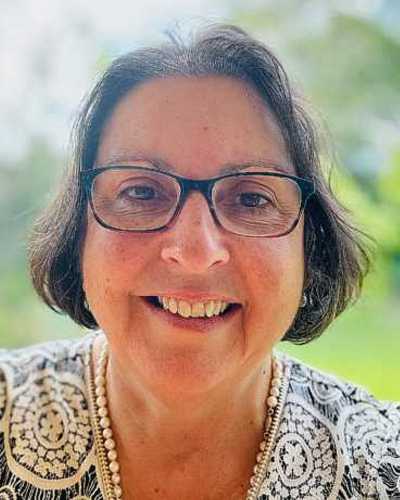Now published, see the full article 
Early Abstract:
Introduction: Therapeutic reasoning focuses on the decisions related to patient disposition and management. This is in contrast to diagnostic reasoning which is the focus of much of the current discourse in the medical literature. There are few studies which relate to therapeutic reasoning, and even fewer which relate to the rural and remote context. This project sought to explore the therapeutic reasoning used by Rural Generalists working in a small rural hospital setting caring for patients where it is unclear if they need escalation of care including admission or interhospital transfer.
Methods: This study was conducted using an interpretivist approach. A simulation scenario was developed with Rural Generalists and experts in medical simulation to use as a test bed to explore the reasoning of the Rural Generalist participants. The simulation context was a small rural Australian hospital with resources and treatment options typical of those found in a similar real life setting. A simulated patient and a registered nurse were embedded in the scenario. Participants needed to make decisions throughout the scenario regarding the simulated patient and two anticipated patients who were said to be coming to the department. The scenario was immediately followed by a semi-structured interview exploring participants’ therapeutic reasoning when planning care for these three patients. An inductive content analysis approach was used to analyse the data and a mental model was developed. The researchers then tested this mental model against the recordings of the participants’ simulation scenarios.
Results: Eight Rural Generalists, with varying levels of experience, participated in this study. Through the semi-structured interviews, participants described five themes: assessing clinician capacity to manage patient needs; availability of local physical resources and team members; considering options for help when local management was not enough; patients’ wishes and shared decision making; and anticipating future requirements. The mental model developed from these themes consisted of seven questions: ‘what can I do for this patient locally and what are my limits?’; ‘who is in my team and who can I rely on?’; ‘what are the advantages and disadvantages of local management vs transfer?’; ‘who else needs to be involved and what are their limits?;’ ‘how can we align the patient’s wants with their needs?’; ‘how do we adapt to the current and future situation?’; and ‘how do I preserve the capacity of the health service to provide care?’.
Conclusion: This study explored the therapeutic reasoning of Rural Generalists using a simulated multi-patient emergency scenario. The mental model developed serves as a starting point when discussing therapeutic reasoning and is likely to be useful when providing education to medical students and junior doctors who are working in rural and remote contexts where resources and personnel may be limited.
Keywords: clinical reasoning, decision making, emergency medicine, health simulation, human factors, qualitative research, rural generalism, simulation, therapeutic reasoning.


